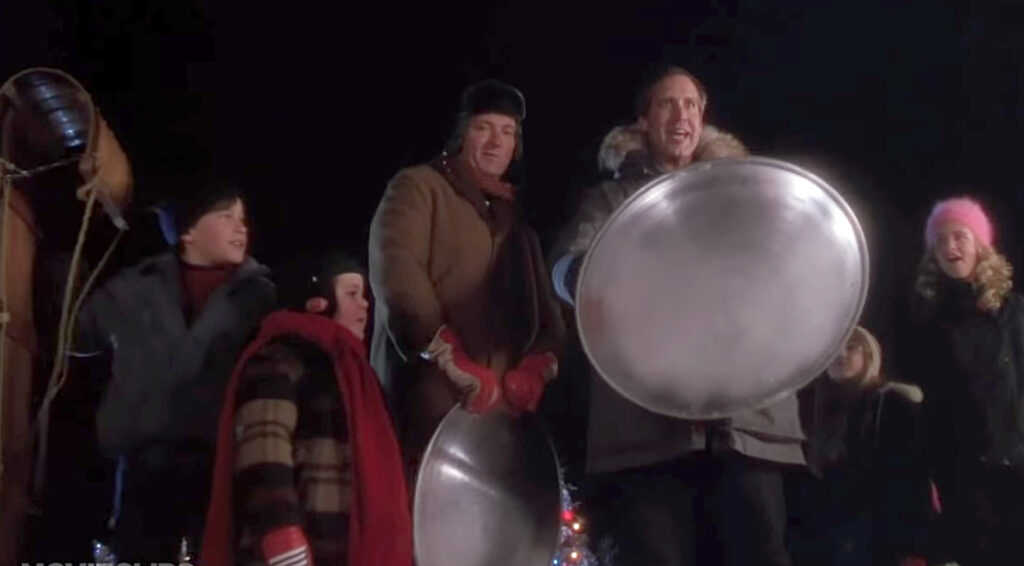What we really want to know is if the snow is going to accumulate on paved surfaces and make it hazardous. What will the impact of the snow be to driving, plowing, and even walking? As the snow is falling, we want to know how it is going to affect the slickness or slipperiness or traction on the road. All of these questions really boil down to understanding friction.
How do we measure friction?
Friction is simply the force between two objects rubbing against one another. In this case, we are talking about the friction between a vehicle’s tires and the roadway. In the science world, the coefficient of friction is represented by the Greek letter µ (pronounced “myoo”). µ is a unitless number that is not determined by mathematical equations but through empirical means from physical measurements. The values for µ typically fall between 0 and 1. Dry pavement with good tires will have µ values close to 1. Black ice with poorly treaded tires will be closer to 0. As snow falls, the friction of the road surface will fall somewhere in the middle.
There have been numerous studies that have correlated µ to changing road conditions. Wet roads from slush have higher µ values than roads that are snowpacked. However, being able to infer µ during a snowstorm requires a more sophisticated observation and forecast than the typical “30% chance of 2-4 inches of snow,” which starts with more precise weather observation.

Gathering data to measure µ
Typical weather stations, such as at airports, are very accurate at giving information about what is happening six feet off the ground and above. Below that and down to the surface requires a Road Weather Information System (RWIS) that connects the dots between the atmosphere and the pavement. Without the pavement temperature observation, the end-user is partially blind to what effect the weather is having and is going to have on a particular stretch of road.
RWIS stations have been around for several decades and can typically be seen in snow-belt states near bridges and other problematic areas for winter operations crews. Traditional RWIS setups are extremely expensive to buy and maintain. Because of this, deployment of the legacy RWIS stations in high enough density to make a difference on precision is not realistic.
The future of friction forecasts
While various solutions to measure µ are available, the market for lower-cost, self-contained RWIS with cameras has emerged over the last few years. It is now possible to get eyes and sensor readings in much higher densities than ever before. This network of road weather observations will help to achieve the goal of creating more useful winter weather forecasts– a diagnosis and forecast of µ.
With these new higher density air and pavement temperature observations, the short-term and longer-term road weather forecasts will be able to distinguish microclimates and the effect ice and snow will have on the pavement condition. If pavement temperatures are below zero and snow is falling, accumulation will occur. The combination of higher density road weather observations and camera imagery for verification, will allow for more accurate pavement condition forecasts that in the end directly correlate to µ.
How cool would it be to see a forecast for 2-4 inches with accumulation expected and friction values expected to approach 0.25? Or, how might you act differently if you saw the same snow forecast but friction values were above 0.8? This better information will only lead to better decisions, saving snow and ice removal teams time and resources. Friction forecasts are becoming a reality!
